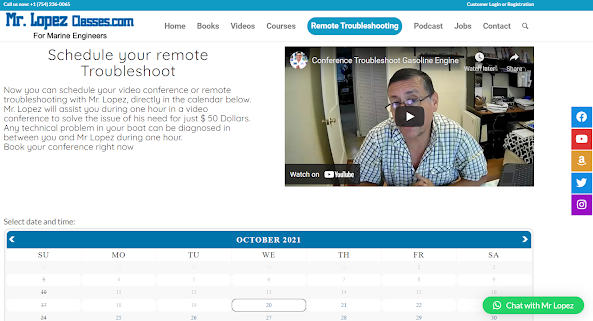Bonding and Grounding System
Bonding and Grounding
“Bonding” refers to a common connection joining metal components to:
- Provide a low impedance ground fault path to trip a circuit protection device
- Prevent dangerous voltages from appearing on metal objects
- Provide a path for galvanic and DC stray currents
“Grounding” is defined as a common connection to Earth for the purpose of:
- Lightning discharge
- System voltage stabilization
- Reducing static and RF interference
Bonding or Grounding?
Keep in mind that these terms are often used interchangeably in the current lexicon.
We will be focusing primarily on “Bonding” in its classic sense but may also refer to some aspects of this as “Grounding” (e.g. the green wire is called the ground wire, but it’s actually a bonding wire by definition in most cases).
Our Priority
There are 3 areas we are focused on: Personal injury and Death, Fires, and Corrosion of underwater metals.
Personal injuries and deaths occur less frequently but the consequences are catastrophic.
Underwater Corrosion is far more widespread but the consequences pale in significance to personal injury.
Personal protection is the number one priority, hands down.
Get here the Marine Electricity Handbook where you can find all the information on this and many other topics.
What is Bonding?
Is the electrical connection of the exposed, metallic noncurrent carrying parts to the ground side of the direct-current system.
BONDING Conductors are normally non-current-carrying conductors used to connect the non-current-carrying metal parts of a boat and the non-current-carrying parts of direct-current devices on the boat to the boat’s bonding systems.
A common Bonding Conductor is an electrical conductor, usually running fore-and-aft along the boat’s centerline, to which all equipment bonding conductors are connected.
Ground
GROUND is a surface or mass at the potential of the earth’s surface, established by a conducting connection (intentional or accidental) with the earth.
In practical terms, the ground is the potential or voltage, of the water in which the boat is immersed.
Note: The voltage in the water may vary slightly due to stray currents.
The purpose of the bonding system is to force this voltage to be as uniform as possible through the use of low resistance conductors and connections.
Learn more in the following video
Bonding and Cathodic Protection
Cathodic protection is the practice of connecting all hardware in contact with the water to an external sacrificial anode(s) also called Zincs.
This is usually done by creating a common bus where we then connect all the underwater metals from inside the boat.
Extra zinc can also be fitted onto outdrives and outboard engines along with rudders, skegs, and keels.
Bonding is the practice of connecting all major metal components on a boat that may be required to safely conduct electricity to the boat's designated ground.
If a ground fault causes a metal or metal-cased component to rise to dangerous potentials (again, from loss or poor green ground wire), and a person touches this object along with another object at a lower potential, the person bridges the gap and receives a shock from the difference in the 2 potentials
If the ground line is broken, the static electricity stored in the case of equipment and appliances tries to return to the source of the power through the shaft and propeller, increasing the electrolysis on the exposed metals.









Comments
Post a Comment